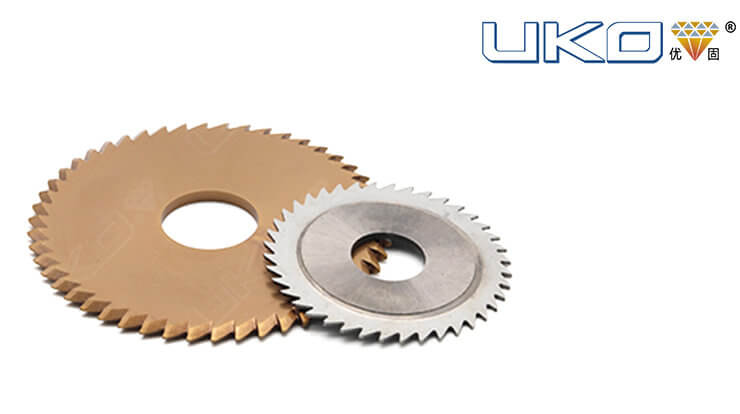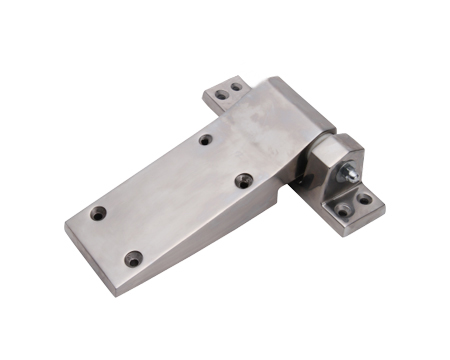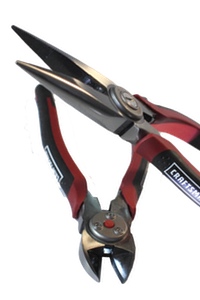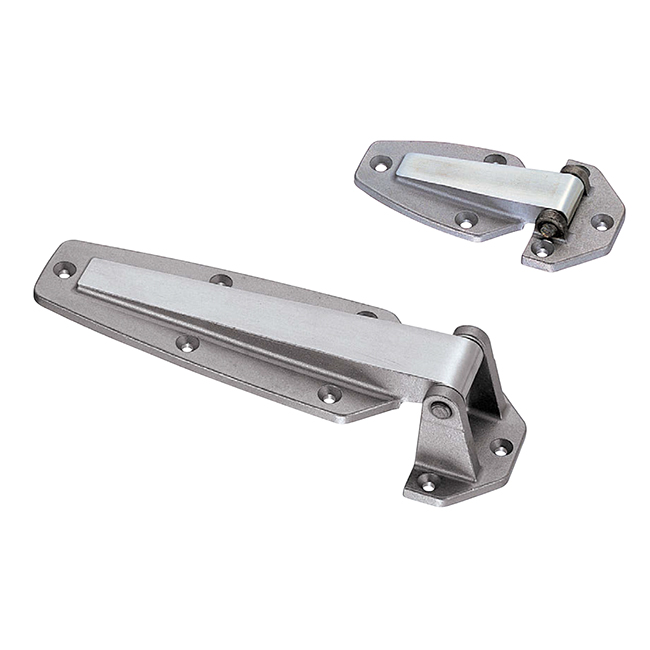What should pay attention to when choosing cemented carbide saw blades What should pay attention to when choosing cemented carbide saw blades

Carbide saw blades include most parameters such as tooth profile, angle, number of teeth, saw blade thickness, saw blade diameter, and carbide types. These parameters determine the processing capacity and cutting performance of the saw blade. When selecting a saw blade, the parameters of the saw blade should be selected correctly according to the needs.
Tooth shape. Common tooth shapes include flat teeth, cylindric teeth, trapezoidal teeth, inverted trapezoidal teeth, etc. (Figure 1). Flat teeth are the most widely used, mainly used for sawing of ordinary wood. The tooth shape is relatively simple and the saw cut is relatively rough. The flat teeth can make the bottom of the groove flat during the grooving process. The quality of the cutting edge is better, and it is suitable for sawing all kinds of wood-based panels and veneer panels. Trapezoidal teeth are suitable for sawing veneers and fireproof boards, and can obtain higher sawing quality. Inverted trapezoidal teeth are often used for bottom slot saw blades.
The angle of the saw tooth is the position of the saw tooth during cutting. The angle of the serration affects the cutting performance. The biggest influence on cutting is the rake angle γ, the relief angle α, and the wedge angle β. The rake angle γ is the cutting angle of the saw tooth. The larger the rake angle, the lighter the cutting. The rake angle is generally between 10-15°. The clearance angle is the angle between the saw teeth and the machined surface. Its function is to prevent the saw teeth from rubbing against the machined surface. The larger the clearance angle, the smaller the friction and the smoother the processed product. The clearance angle of cemented carbide saw blades is generally 15°. The wedge angle is derived from the front and back angles (Figure 2). But the wedge angle should not be too small, it plays a role in maintaining the strength, heat dissipation and durability of the tooth. The sum of the rake angle γ, the rear angle α, and the wedge angle β is equal to 90°.
The number of teeth of the saw tooth, generally speaking, the more the number of teeth, the more cutting edges in a unit time, the better the cutting performance, but the more cutting teeth need to use more cemented carbide, the price of the saw blade is higher, but the teeth are too dense , The chip capacity between the teeth becomes smaller, which is easy to cause the saw blade to heat up; in addition, there are too many teeth, when the feed amount is not matched properly, the cutting amount of each tooth is small, which will increase the friction between the cutting edge and the workpiece and affect the service life of the cutting edge . Usually the tooth spacing is 15-25mm, and a reasonable number of teeth should be selected according to the material to be sawed.
The thickness of the saw blade theoretically we hope that the thinner the saw blade is, the better, the saw kerf is actually a consumption. The material of the saw blade and the process of manufacturing the saw blade determine the thickness of the saw blade. When choosing the thickness of the saw blade, the stability of the saw blade and the material to be cut should be considered.
The diameter of the saw blade is related to the sawing equipment used and the thickness of the sawing workpiece. The diameter of the saw blade is small, and the cutting speed is relatively low; the large diameter of the saw blade has higher requirements on the saw blade and sawing equipment, and the sawing efficiency is also high.
A series of parameters such as tooth profile, angle, number of teeth, thickness, diameter, cemented carbide type, etc. are combined to form the overall cemented carbide saw blade. It is necessary to select and match reasonably to give full play to its advantages.
Which parameters should be added to the various parameters of cemented carbide saw blades?
It is impossible for a cemented carbide saw blade manufacturer to make so many specifications of saw blades. According to the optimization rule and according to the current wood processing enterprises’ equipment, materials and other specific factors, the currently commonly used cemented carbide saw blade specification series are formed. This is not only conducive to our choice of carbide saw blades, but also conducive to the large-scale production of alloy saw blade manufacturers.
Under normal circumstances, the right and left teeth should be selected for sawing particleboard and medium-density boards, flat ladder teeth (flat teeth, trapezoidal teeth combination) should be selected for sawing veneer panels, and fireproof boards.
The outer diameter of the saw blade is mostly Ф300-350mm according to different circular saw models, and the thickness of the saw blade is related to the diameter. Ф250-300mm thickness 3.2mm, Ф350mm above 3.5mm.
Due to the large cutting rate of the computer cutting saw, the diameter and thickness of the carbide saw blades used are relatively large, the diameter is about 350-450mm, and the thickness is between 4.0-4.8mm. Most of them use flat stepped teeth to reduce edge chipping. , Saw marks.
The alloy saw blades for sawing wood usually use the left and right tooth shapes combined by the teeth, because this combination has a large rake angle, which can sharply cut the wood fiber structure and make the cut smooth. For the slotting that needs to keep the bottom of the slot flat, it is necessary to use a flat tooth profile or a combination of left and right flat teeth.
How to identify high-quality carbide saw blades?
The cemented carbide saw blade is composed of a saw board and a cemented carbide saw tooth. Hard alloy saw teeth are basically imported at present, our company uses Luxembourg CERMETAL hard composite. The alloy particles used in high-quality saw blades are thicker and larger, because such alloy saw teeth can be sharpened many times and have a long service life. The welding quality of cemented carbide is also very important. The weld seam should be thin and uniform, so that the teeth can be sharpened. Withstand greater cutting force. The quality of the saw blade is very important. Because the saw blade adjusts its rotation, it must not only transmit the cutting force but also maintain the stability of the work. A good saw blade not only has static geometric dimensions and accuracy, but more importantly, its dynamic characteristics. When the saw blade is continuously cut, the heat generated by the alloy saw tooth cutting will be conducted to the saw board, which will increase the temperature of the saw board. In this case, the high-quality saw board can maintain the accuracy of the statement, while the poor-quality saw blade Warping of the saw board will occur, which will affect the accuracy of sawing. The dynamic stability of the saw board is particularly important for the precise condition of several saw blades used in groups. When the multi-blade saw equipment uses a set of unstable saw blades, how can the quality of longitudinal cutting be guaranteed? The saw board and the cutter head are an inseparable part of a high-quality saw blade.


